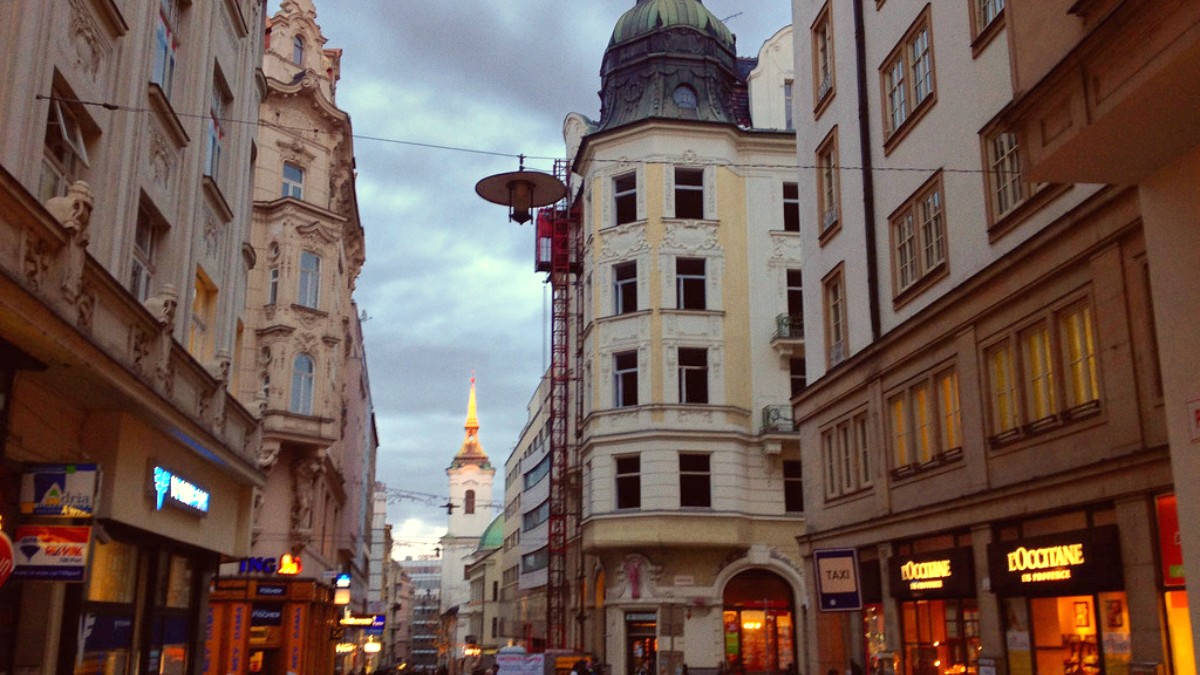
Moravia, Czech Republic
Spring (April-May): Mild temperatures, averaging 10-15°C (50-59°F). Moderate precipitation, and increasing sunshine. Blooming flora makes parks appealing. Mornings are cool, afternoons pleasant.
Summer (June-August): Warm to hot temperatures, averaging 20-25°C (68-77°F), sometimes exceeding this. Higher humidity; thunderstorms are possible. Long daylight hours allow extended outdoor activities.
Consider your priorities when selecting your travel dates. If warm weather and a lively atmosphere are preferences, summer is your choice. If fewer crowds and milder temperatures are sought, the shoulder seasons are a good option. For budget-conscious travelers or those who enjoy winter festivities, the low season has different charms. Each season presents unique opportunities to experience Brno.
Wine Tourism: September and October. This period coincides with the grape harvest (vinobraní), and "burčák" (partially fermented young wine) becomes available. Many vineyards host open cellar days.
Outdoor Activities: May through September. Weather is generally warm enough for active pursuits. The Brno Reservoir is popular for swimming and boating in summer.
City Sightseeing/Architecture Tours: April to October. Comfortable walking weather. Light for photography is good, and outdoor cafes open.
Christmas Markets: Late November through December. The squares transform into magical markets with festive lights. A special experience, despite the cold.
Crowds & Higher Prices
Warmest weather, ideal for outdoor activities and festivals (Ignis Brunensis). All attractions open with extended hours. Lively city atmosphere.
Accommodation prices are higher, popular attractions may be crowded. Queues at major sites. Advance booking is wise.
Mild Weather & Fewer Crowds
Pleasant temperatures and fewer crowds. Accommodation and flight prices are generally lower than peak summer. Beautiful scenery with blossoms or autumn colors. Good for sightseeing, hiking, and wine tourism.
Weather unpredictable, with cooler days or unexpected rain. Some outdoor attractions might have limited hours early or late in the season.
Best Prices & Winter Charm
Lowest prices for accommodation and flights, fewest tourists. Festive atmosphere during Christmas markets. Winter sports opportunities nearby.
Coldest weather and shortest daylight hours. Some attractions may close or operate with reduced hours. Outdoor activities are limited by temperature and snow.
Plan your entry to the Czech Republic carefully. The country is part of the Schengen Area, simplifying travel for many nationalities but requiring specific documentation for others. Check the requirements well in advance of your trip.
Schengen Visa (Type C): For short stays up to 90 days within any 180-day period (tourism, business, visiting family). Citizens of non-EU/EEA countries (India, China, South Africa) need this visa. Apply through a Czech embassy/consulate or visa application center. The process includes form submission, documents, and an interview. Start this process several weeks or months before your trip. You can consider services like IVisa or VisaHQ.
Citizens of EU/EEA, Switzerland, USA, Canada, Australia, New Zealand, UK, Japan, South Korea, and many others enter visa-free. This stay also has a 90-day limit within a 180-day period across the entire Schengen Area.
Starting in 2025, non-EU nationals currently visa-exempt will need an ETIAS authorization for Schengen Area travel. This pre-travel authorization is similar to ESTA in the US. Apply online before your trip.
This system endeavors to bolster security within the Schengen Area.
Plan your budget for a trip to Brno to match your travel style. The Czech Koruna (CZK) is the local currency. Grasping exchange considerations guides your money management. Brno features options for various budgets, from budget-conscious travelers to those seeking a luxury experience.
The official currency is the Czech Koruna (CZK), often denoted as Kč. While some larger shops or hotels may accept Euros, paying in CZK is always more cost-effective. Euros may result in unfavorable exchange rates.
Daily estimates cover accommodation, meals, local transport, and attractions. They are approximate and vary based on your choices.
Brno is a very safe city with low crime rates. It feels secure to walk around, even at night.